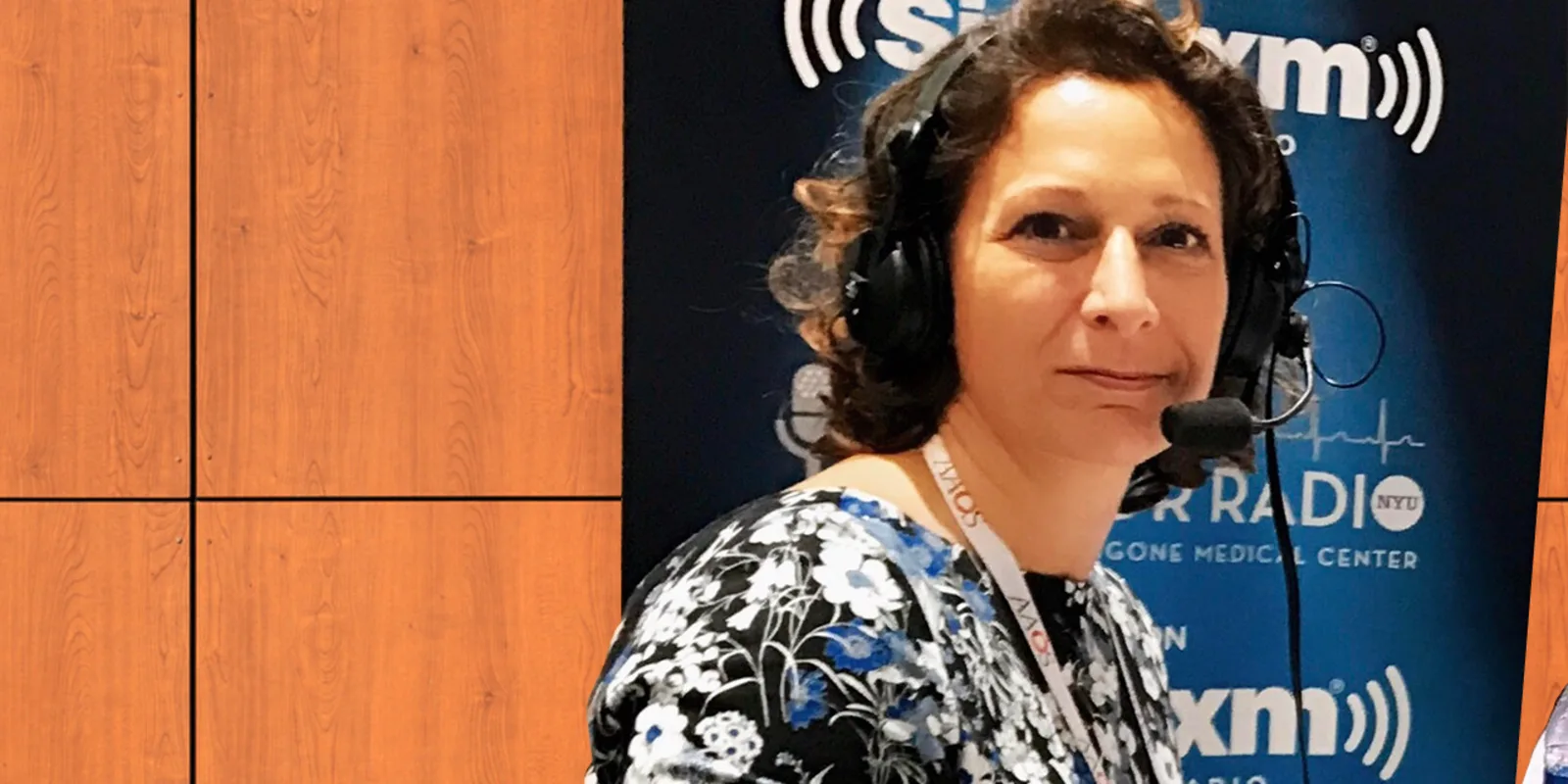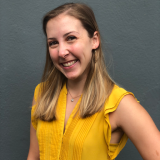
Dr. Claudette Lajam, an orthopedic surgeon, used to faint at the sight of blood.
After her undergraduate studies she worked in disability insurance underwriting, thinking she might attend business or law school. However, Dr. Lajam realized she was more interested in the causes and treatments of the disabling injuries than insuring them, so she forced herself to get over the blood aversion. She went on to become the first woman in the world to perform robot-assisted knee surgery.
Robot-assisted surgery is often misunderstood, says Dr. Lajam. The robot is there to help stop human error, but also can’t be trusted blindly. “[Physicians] do this job because we have really good, highly-trained brains, and those brains can keep us out of trouble,” she says. “There’s human error in everything. If you’re checking and making sure each step agrees with your plan each time you do something — that’s why you need people to make important decisions. A robot is precise, but depends on its programming. Robots can be programmed wrong — if you keep following blindly what the robot tells you and don’t check yourself, you’re going to be in trouble.”
In addition to working with robots, Dr. Lajam also works with microphones as Sirius XM radio host for the NYU Langone-Sirius show, Doctor Radio. Though she’s moved away from the daily show and only does specials now, she remembers the lessons she learned. It turns out interviewing guests on air and gathering information from a patient have something important in common: making the person across from you feel comfortable.
Lesson 1: People Will Surprise You With Their Questions
“What’s great about radio,” says Dr. Lajam, “especially live radio, is it’s interactive. You have people calling in and you answer their questions, and you talk to them about a topic. That topic flows according to whomever is asking the questions at the moment. So when they ask a question you didn’t expect, it drives the conversation in a different direction. It’s fascinating because we think we know what people want to learn about and hear about, but we don’t. It’s amazing. People surprise you with what they ask.”
Lesson 2: People Won’t Ask Questions If They Aren’t Comfortable
While it’s hard to instantly make a patient feel at ease with you, Dr. Lajam says, cracking a joke or two sometimes helps.
“Humor goes a long way. If someone can laugh, they’re comfortable,” she says. “So trying to find something that relaxes someone and makes them laugh, that’s a good way to make them understand you more. When you’re scared, you don’t hear a word someone is saying. It doesn’t help either of us if they don’t understand what I’m saying.”
Lesson 3: Translate Doctor Speak Into Human Speak
“The radio helped me a lot because there was no burden of diagnosis from the radio. You were just talking to someone,” Dr. Lajam says. “Learning how to explain things in a way that people understand is extremely important. We as doctors go to school for a long time and we speak our own language. In order to translate that into normal human talk, it takes a lot of practice.”
Lesson 4: Listen and Understand
“The other part of making people comfortable is smiling at them and talking with them and being interested in why they’re there, and not just ‘What can I get out of this, can I do a surgery?’” Dr. Lajam says.
The power of listening comes in handy on the radio, when listeners have a story to share, but it also comes in handy for diagnosis, as Dr. Lajam relayed in a patient’s experience that has stayed with her.
A wheelchair-bound woman came into her office had seen at least half a dozen doctors who were telling her the ailment was all in her head. Dr Lajam saw how miserable she was, so she spent some time talking with her and looking at the x-rays, which suggested that the woman might have an inflammatory disease
Dr. Lajam asked the woman about some symptoms, all of which she said she had. A rheumatologist across the hall confirmed Dr. Lajam’s hunch: she had a rare kind of inflammatory arthritis.
“Three months later I got a letter from her telling me I saved her life and she’s walking and able to function and that was exactly what was wrong with her,” Dr. Lajam remembers. “So that to me was extremely important — I didn’t lay a finger on this lady, but I listened to her and I used my brain.”
While Dr. Lajam had fans in her patients who sent her letters expressing their gratitude, Dr. Lajam’s radio fans showed their appreciation in a slightly different way.
“I knew I had made it,” she laughs, “when I had a stalker.”







